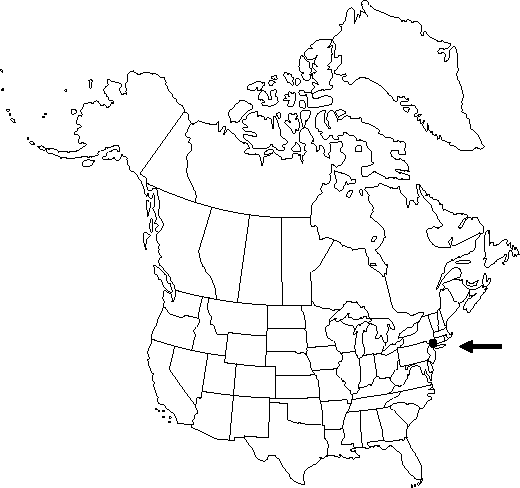Adonis vernalis
Sp. Pl. 1: 547. 1753.
Herbs, perennial, stout-rhizomatous. Stems 1-4, 5-35 cm at anthesis (10-40 cm at fruiting time). Leaves: basal leaves scalelike, 1cm, sessile; proximal cauline leaves with sheathlike petiole base, distal leaves short-petiolate to sessile; leaf blade 1-2-pinnatisect. Flowers 4-8 cm diam.; sepals appressed to petals, ovate-elliptic to obovate, margins and abaxial surface villous, apex slightly crenulate to ±erose; petals 10-20, spreading, yellow, without basal blotch, plane, 25-35 mm, 1.5 times length of calyx, apex erose or irregularly crenulate; stamens ca. 80; anthers yellow; pistils 40-50. Heads of achenes globose to ovoid, 15-20 × 12-15 mm; pedicels hidden among dense leaves; achenes pubescent, 3.5-5.5 mm, transverse flange absent, basal tooth absent, adaxial margin very short (1 mm), straight, abaxial margin strongly gibbous; beak strongly recurved against abaxial surface, 0.5-1 mm.
Phenology: Flowering spring (Apr–May).
Habitat: Roadsides and sites adjacent to gardens
Distribution

Introduced; N.Y., native to Eurasia.
Discussion
Adonis vernalis occasionally escapes from cultivation as an ornamental. It is much less frequently encountered in the flora than the other two species of Adonis.
Selected References
None.